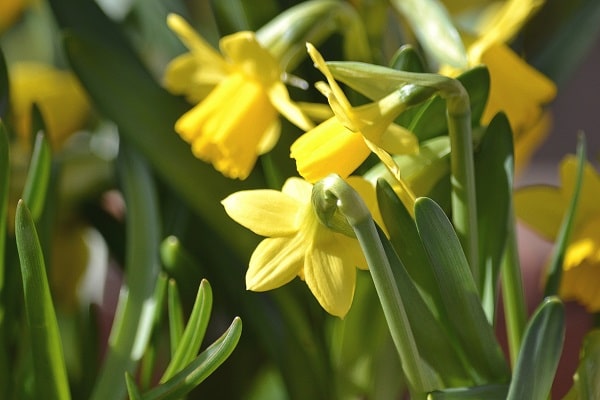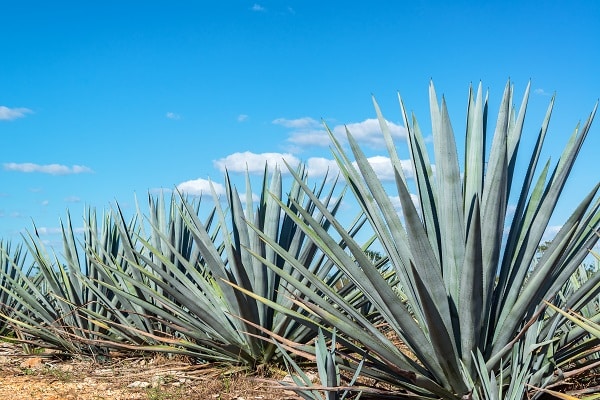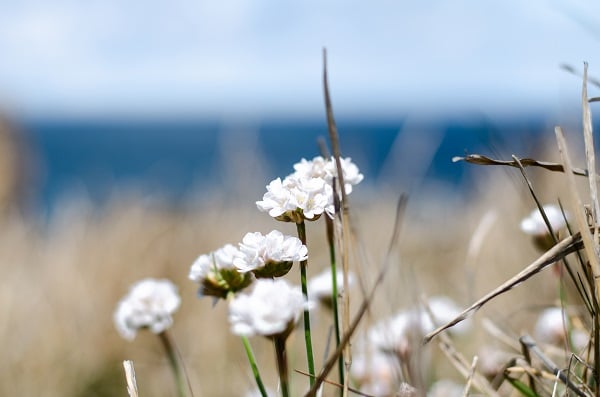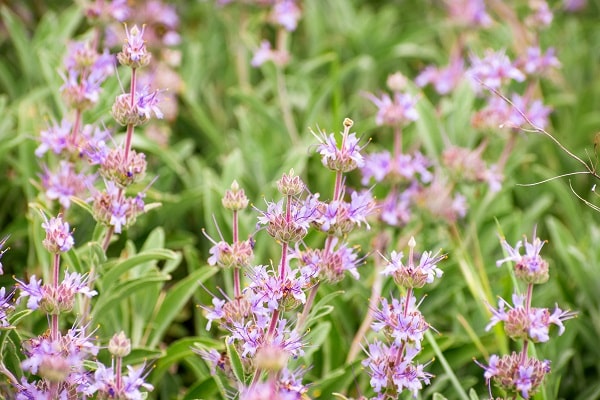Have you been working on getting your garden started? While some people just have a natural green thumb, others struggle to keep a plant alive for more than a week. Regardless of your gardening abilities, there are plants out there that will survive with or without you. This post will discuss some of the hardiest plants that don’t need much TLC to thrive. So whether you’re a gardening novice or an experienced pro, read on to learn about these remarkable plants.
Contents
Marigolds
Marigolds are one of the hardiest flowers you can find. They can survive without you for long periods of time and still bloom beautifully when you come back. Marigolds are native to Africa and first came to Europe in the 16th century. They quickly became a popular garden flowers due to their ease of care and vibrant colors. Orange and yellow marigolds are the most common but also come in red, white, and pink varieties. While they are heat-loving plants, they can tolerate some cold and even frost.
Marigolds are also relatively drought-tolerant, making them a low-maintenance option for busy gardeners. In addition to being easy to care for, marigolds are also known for their pest-repellent properties. Their strong scent helps to keep away aphids, rabbits, and other common garden pests. So if you’re looking for a beautiful and low-maintenance plant that will brighten up your garden, consider adding some marigolds to your flower bed.
Lamb’s Ear
Lamb’s ear is a drought-tolerant, evergreen perennial that is known for its soft, fuzzy leaves. The plant is native to the Mediterranean region and has been cultivated for centuries. Lamb’s ear is relatively easy to care for and can thrive with little attention. The plant grows best in full sun but will tolerate partial shade. It is tolerant of a wide range of soils but prefers well-drained conditions. Once established, the lamb’s ear is quite drought tolerant and does not require much supplemental watering.
The plant will spread aggressively if left unchecked, so it is best suited for large gardens or areas where spreading plants are not a problem. You can propagate lambs ear by division or seed. The seeds must be cold-stratified before planting. Division can be done in spring or fall. When dividing lamb’s ear, be sure to wear gloves as the leaves can be quite prickly.
Daffodils
Daffodils are one of the most popular flowers and for good reason. They are easy to grow and care for and come in a wide range of colors and shapes. Best of all, they will continue to bloom yearly, even if you neglect them. Daffodils are low-maintenance plants that thrive in a variety of conditions. They prefer full sun but will also do well in partial shade and are tolerant of poor soil and drought.
In fact, the only thing daffodils really need is a little bit of water during the growing season. Once they have time to establish themselves, they will be content to fend for themselves, making them the perfect choice for busy gardeners. So if you are looking for a flower that will brighten up your garden with minimal effort on your part, consider planting some daffodils.
Agave
Agave is a genus of monocots native to the hot and arid regions of Mexico and the southwestern United States. However, some agaves are also found in tropical areas of South America. People commonly refer to this plant as a century plant, but they actually only live for 10–30 years. Despite their relatively short life spans, agaves are incredibly hardy plants that can tolerate long periods of drought. In fact, they can survive for years without any supplemental watering.
Agave plants store water in their fleshy leaves, which helps them to endure extended dry spells. When conditions are right, agaves will bloom with large, showy flowers. However, the blooming process is also the plant’s death sentence. Once an agave flowers, it will not produce any more offsets or develop new leaves. The plant will eventually die, but not before it has made new seedlings that will carry on its legacy.
Armeria
Armeria is a genus of flowering plants in the family Plumbaginaceae. The genus includes about 30 species of evergreen perennials, mainly from the mountain or coastal habitats. Armeria is grown for its clusters of small, brightly colored flowers that appear in spring and early summer. The flowers are popular with pollinators such as bees and butterflies, and the plants are often used in rock gardens or as edging plants.
Most armeria species are low-maintenance and can survive without supplemental watering or fertilization. They are also tolerant of salt spray and poor soils, making them ideal plants for coastal regions. So if you’re looking for a carefree plant to brighten up your garden, consider one of the versatile and easy-to-grow armeria species.
Lilac Sage
Lilac sage is a beautiful flowering plant that requires very little care. In fact, this tough little plant is surprisingly easy to care for and can even survive periods of neglect. Lilac sage is native to Mexico and thrives in hot, dry conditions. It is drought-tolerant and can tolerate full sun or partial shade. Once established, lilac sage is a low-maintenance plant that will require minimal supplemental watering.
This hardy plant is also relatively pest and disease resistant. You can propagate it by seed, stem cuttings, or division. Lilac sage is an excellent addition to any garden and is exceptionally well suited for xeriscaping or other water-wise landscaping. So if you are looking for a tough, low-maintenance plant, consider lilac sage.
Choose The Right Plants For Your Space!
If you are looking for low-maintenance plants that can survive without much care, consider the plants on this list. These hardy plants are tolerant of various conditions and will continue to bloom yearly with minimal effort on your part. So even if you don’t have a green thumb, you can still enjoy a beautiful garden. Just choose your plants carefully and give them the right environment to thrive. With a little bit of planning, even the busiest gardener can have a stunning garden that brings joy all season long.





